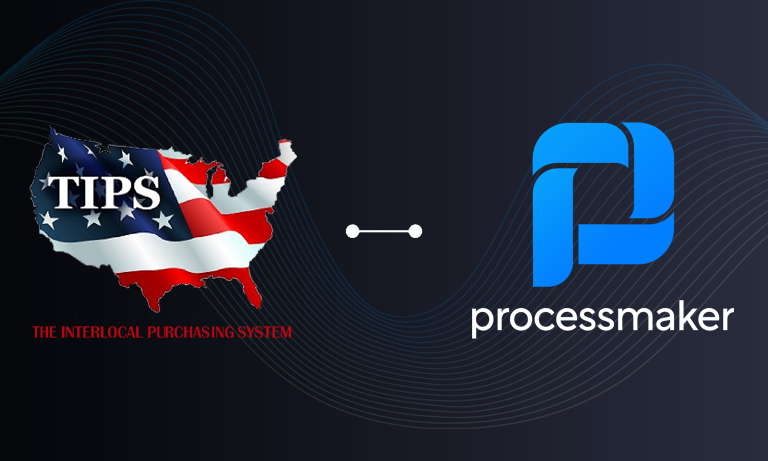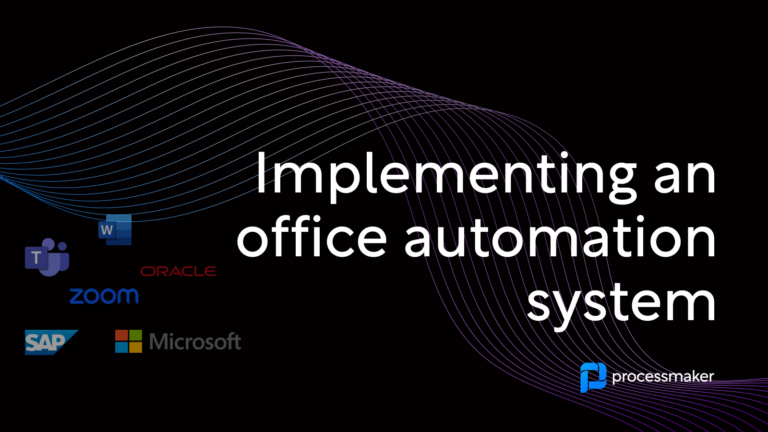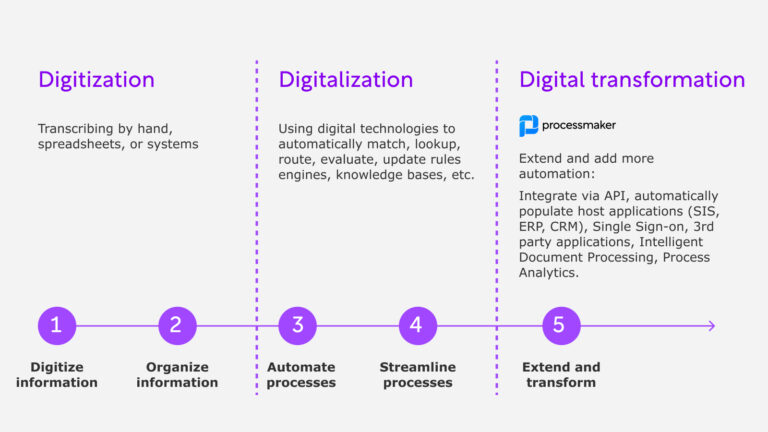Asset management is a broad concept that basically defines how your business accounts for various types of assets, such as computers, tools, or company vehicles. It’s important to keep track of how many assets your business owns, who uses them, when they need service, and when they need to be replaced.

With a company of any size, asset management can be a chore, particularly if it’s all done on paper or even on spreadsheets. With paper, you have all the standard problems of illegible handwriting, lost or damaged papers, misspellings, and having to file it all. With spreadsheets, updating can be a chore, and it’s not uncommon for spreadsheets to be created, filled in once, and forgotten about.
But you can use workflow software to take care of asset management in a way that doesn’t involve reams of paper or spreadsheets that nobody bothers to look at or update. Here are some ways workflow software can help you radically improve your asset management process.
Managing Computer Hardware
Trying to manage computer hardware with a spreadsheet can be not only time-intensive but inaccurate and hard to keep up to date. If more than one person is allowed to assign computer equipment, they all have to update the system, or else big problems can result. For example, IT may think it has a laptop that can be assigned to a new hire when in fact the last one was assigned already and nobody bothered to update the spreadsheet. With a workflow process for managing computer assets, however, inventory counts can be automatically updated each time a piece of equipment is assigned. At any time, personnel can know how many assets the company has, who they’re assigned to, and when they need to be upgraded or retired.
Managing Computer Software and Licenses
Hardware isn’t the only thing that has to be managed. Managing software licenses is equally important. Should your company be audited by a software company and found to have more installations of the software than licenses, you could face hefty fines. But with workflow software, you can manage software licenses from beginning to end. Whenever someone is assigned a software license, the license count is updated so that the number of software installations always matches the number of software licenses. Then if your company is audited by a software company, it has the records to prove it’s in compliance.
Managing Employee Tools
 If your employees use tools in their work, it’s important to keep track of them, because high-quality tools are expensive to replace. Say your company issues a standard toolkit to its field employees. Each tool in the toolkit can be accounted for, and if a replacement is needed, inventory levels for that tool are updated. If your employees check out less frequently-used tools, the check-out process can be managed with workflow software so whoever’s in charge of tools can learn who has what tool at any given time.
If your employees use tools in their work, it’s important to keep track of them, because high-quality tools are expensive to replace. Say your company issues a standard toolkit to its field employees. Each tool in the toolkit can be accounted for, and if a replacement is needed, inventory levels for that tool are updated. If your employees check out less frequently-used tools, the check-out process can be managed with workflow software so whoever’s in charge of tools can learn who has what tool at any given time.
Managing the Transportation Pool
Keeping track of company vehicles and their use is critical to keep them all in good running condition and make sure all routine maintenance is performed. Having employees keep paper records of company vehicle use is inefficient, prone to errors, and takes too much time to organize. With workflow software, however, managing the transportation pool is far easier. Employees can request vehicles, enter time of use, starting and ending mileage, and any pertinent notes. The system can even notify the transportation chief when a vehicle is due for routine maintenance.
Asset Management Doesn’t Have to Be a Manually Intensive Chore
Asset management is one of the best ways to keep company spending under control. With a great asset management program, your company can account for every piece of computer hardware, every software license, every tool, and every vehicle at any time. Asset management can be expanded to include any number of other assets too, such as mobile devices or office furniture.
ProcessMaker is workflow software designed for use by non-technical people to define, streamline, and manage workflows like those designed for asset management. ProcessMaker comes with a number of built-in templates and is fully customizable for each user’s needs. Better still, you can download the Community Edition of ProcessMaker for free or try out the Enterprise Edition of Process Maker. Managing assets is too important to leave to paper processes and spreadsheets.





